Palestinian refugees in Lebanon mourn, fear for family in war-torn Gaza
‘I’m not sleeping. I cry all night,’ says Fatmeh, whose daughter and grandkids are trapped under Israeli bombardment.

Tripoli, Lebanon – When the humanitarian pause started in Gaza, Fatmeh Abu Swareh hadn’t heard from her daughter Wafaa in nearly two weeks.
“I’m not sleeping. I sit here at 3am and cry. I cry all night… all day,” she said a few days before the pause in her living room in Beddawi, a Palestinian refugee camp northeast of Tripoli, Lebanon’s second-largest city.
Keep reading
list of 3 itemsIt’s high time the West ends its stomach-churning doublespeak on Palestine
Photos: Palestinians flee homes, dig in rubble as Gaza strikes resume
She feared the worst for her daughter and four grandchildren. Once the pause was implemented, Wafaa finally got through to her mother, but things are still tough.
“My daughter doesn’t have food or anything to drink,” she said. “Even with the truce, they’re scared of the [Israeli] planes.”
More than 15,000 people have been killed by Israel in Gaza since October 7, including at least 6,000 children. The Israeli assault was ostensibly in retribution for a Hamas-led attack into Israel that killed 1,200 people, mostly civilians, and captured more than 200.
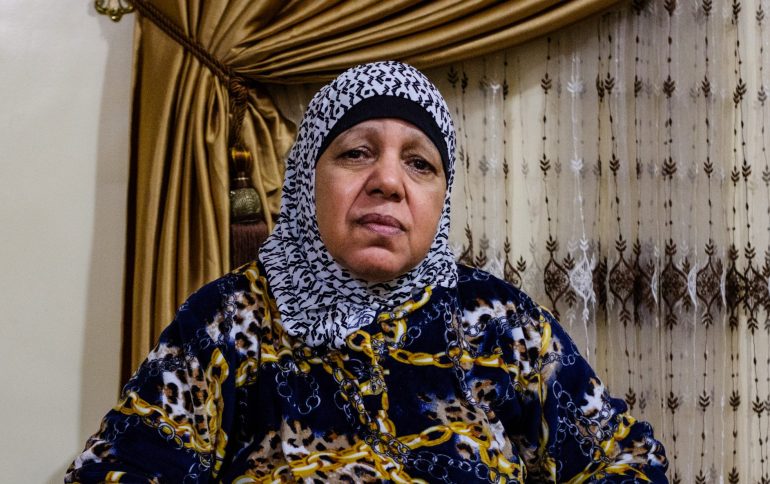
The actual Palestinian death toll is higher than 15,000 as thousands of people are still missing under the rubble of destroyed buildings.
Checking for new ‘martyrs’ daily
Some 210,000 Palestinian refugees live in Lebanon, most still in the refugee camps set up for their forebears who arrived during the Nakba in 1948, fleeing violent Zionist gangs.
Beddawi has about 20,000 people living in it, all of them transfixed by the news coming out of Gaza since October 7.
The news has deeply impacted everyone, with physical and emotional signs of stress proliferating. It has also boosted national pride, with a huge uptick in sales of Palestinian flags and keffiyehs.
Everyone is suffering, but especially those with family in Gaza. Ducking into a clothing shop to get away from the noisy street outside, Ossama Najjar, 47, stood with his back to the enticingly stacked jeans.
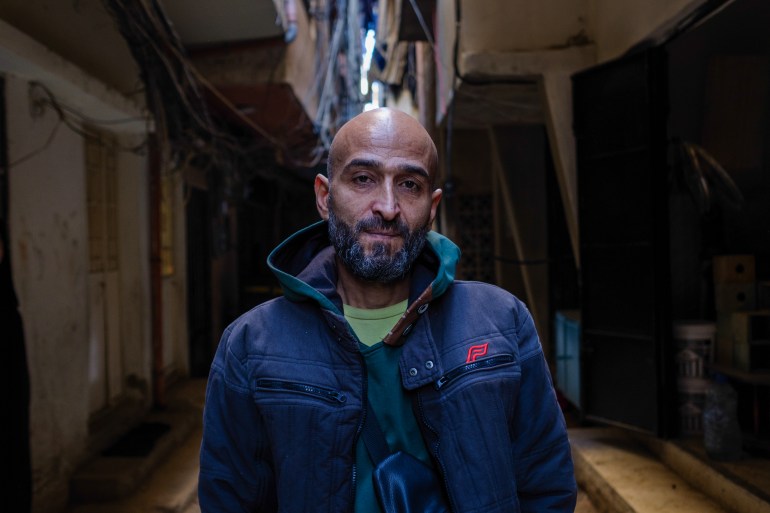
He’s not interested. He has lost count of the family members lost in Gaza, he said.
“Every day, I look online for the Ministry of Health lists with names of people from the Najjar family who were martyred,” he said.
Mustafa Abu Harb worries often about his own uncle and cousin in Gaza. The clean-shaven Fatah official for north Lebanon sits in his office with framed photos of Yasser Arafat and his successor as Palestinian Authority president, Mahmoud Abbas, over his shoulders.
“I’m talking to you here but my heart is there with my uncle and cousin,” he said from behind his desk, slumping slightly in his crisp blue shirt and grey blazer.
“They’re killing the future generations of Palestine,” he said, fighting back tears.
Fatah member Ahmad Hasan Alaaraj, also in the office, lost six family members in Gaza since October 7.
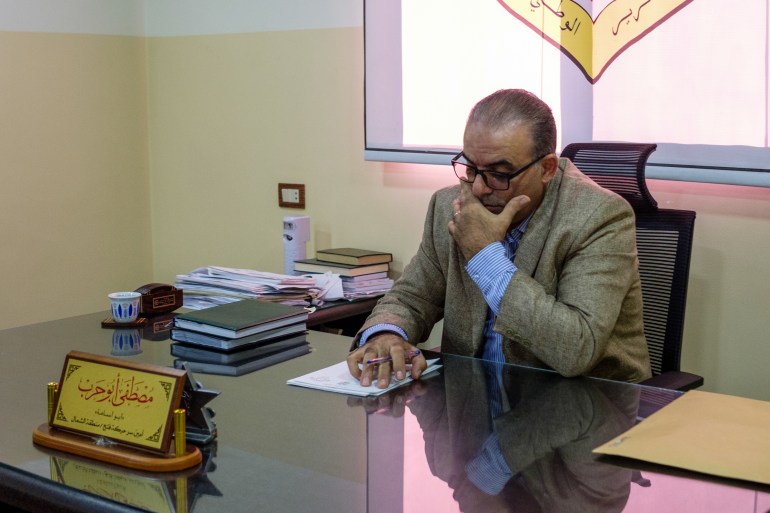
He was overcome by emotion several times while Abu Harb spoke and was only able to add: “Most people here have someone [in Gaza].”
Generational communal pain, solidarity
On a normal day, Najjar works in aluminium. But since October 7, “No one is working,” he said animatedly, his brow covered in sweat despite the sun beginning to set on this cool autumn afternoon.
“All our attention is on Gaza. Everything on Facebook is Gaza.”
While many others in Beddawi have lost relatives, even those without family in Gaza are suffering.
Dr Ali Wehbe, Palestinian Red Crescent director in north Lebanon, said the constant news barrage of death and destruction in Gaza was impacting his patients. From his office in the Safad Hospital, he said many patients now had high blood pressure while others reported increased psychological distress.
Wehbe doesn’t have family in Gaza but has colleagues he studied with overseas and are now on the ground there, and he worries about them.

“We were in touch but then the electricity went out,” he said.
The feelings of helplessness have also manifested in an uptick in national solidarity.
At a small bridal shop in the camp, Nadia Mahmoud Moussa stood next to a tapestry shaped like Palestine, each region embroidered in a pattern representing local traditions.
Moussa pointed to a turquoise section, decorated with flowers and small pink, grey, blue and orange lozenges. “Here’s Gaza,” she said.
Before October 7, Moussa sold bridal dresses and hired out musical troupes to perform Palestinian traditions like the dabkeh, a Levantine folk dance, or zaffeh, an animated singing, drumming and dancing procession performed at weddings.
Black dresses embroidered in traditional Palestinian tatreez still hang from racks in her shop but now her big sellers are keffiyehs and Palestinian flags as people sought to express their solidarity by displaying national symbols.
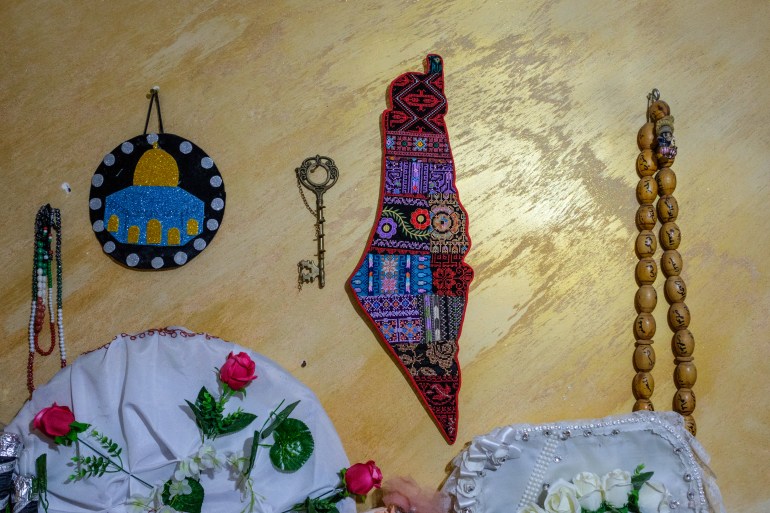
“We’re all living this pain,” she said. “We pray for patience and resilience. From kids to the elderly, we are now learning what it means to be martyrs.”
Back in Abu Swareh’s living room, she wipes away tears between pained sentences. Her daughter has already had at least one brush with death, she said, when the house next to hers was hit by an Israeli attack.
“It destroyed the whole house,” Abu Swareh said.
Even if her daughter and grandchildren survive the attacks, there is an extreme lack of food and water, which has led her daughter and her family to resort to drinking saltwater.
A less-than-ideal ceasefire
On Friday, November 24, a humanitarian pause between Israel and Hamas went into effect. As Israel and Hamas traded captives and prisoners, the pause has been extended twice, most recently on Wednesday evening.
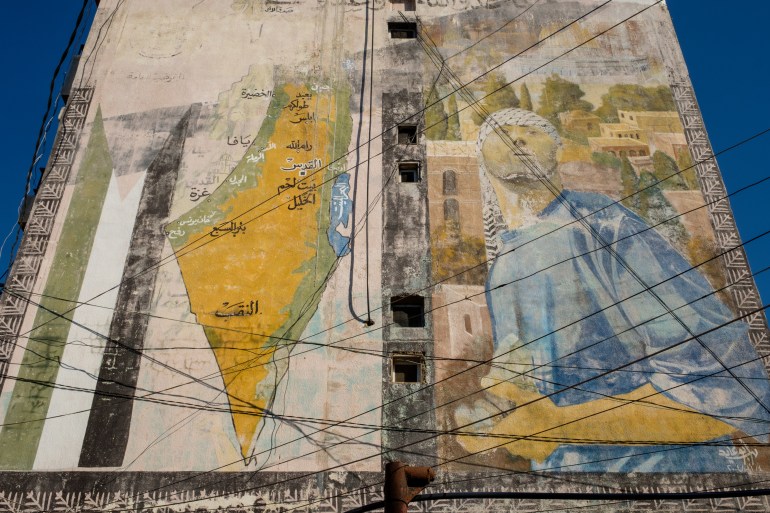
Asked if the pause provided any relief, Najjar was dismissive. “There’s supposed to be aid coming in but there’s still no food or water or help on the ground,” he said. “And with the winter conditions, it’ll only get worse.”
Najjar said the images he’s seen in the media recall other humanitarian catastrophes like Yemen and Somalia.
“I hope the Arab countries, the West, and the rest of the world start to genuinely support Gaza,” he added. “Right now, it’s all talk.”
Back at the Abu Swareh residence on Thursday, Fatmeh knew her relief counted for little as the fighting could restart at any moment. Furthermore, the acts of aggression haven’t entirely stopped, she said. “Today, they shot at them from [Israeli] ships in the sea.”
Reports from Palestinian media said Israeli navy boats shot missiles at the coast of Gaza.
Nearby, sat Fatmeh’s son, Mohammad. He sat quietly until his mother encouraged him to speak. He started, but laboured over his words, choosing them carefully.
“This ceasefire is meaningless,” he eventually said. “It’s a ceasefire without a ceasefire.”
On the morning of Friday, December 1, fighting resumed in Gaza.
Additional reporting by Rita Kabalan in Beirut.
